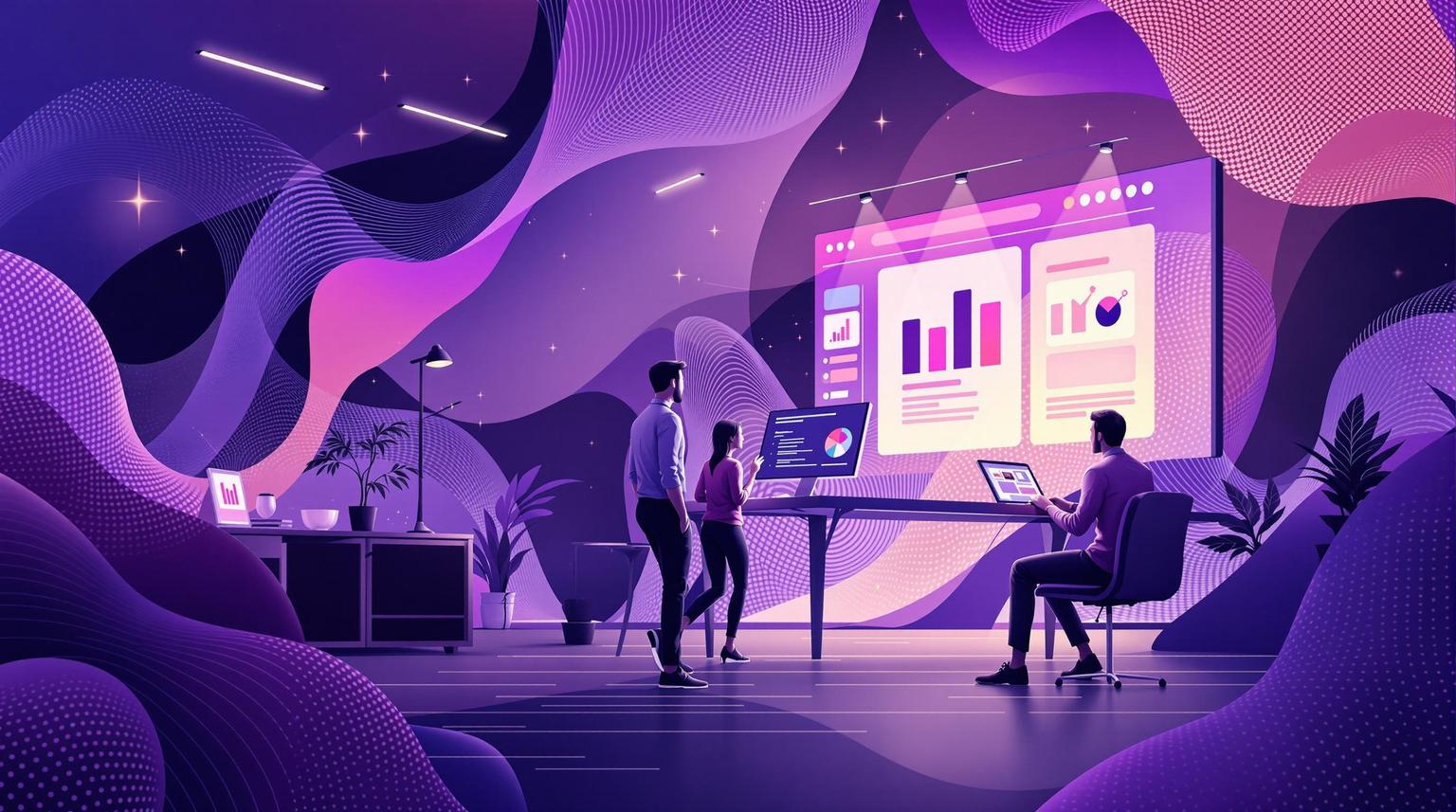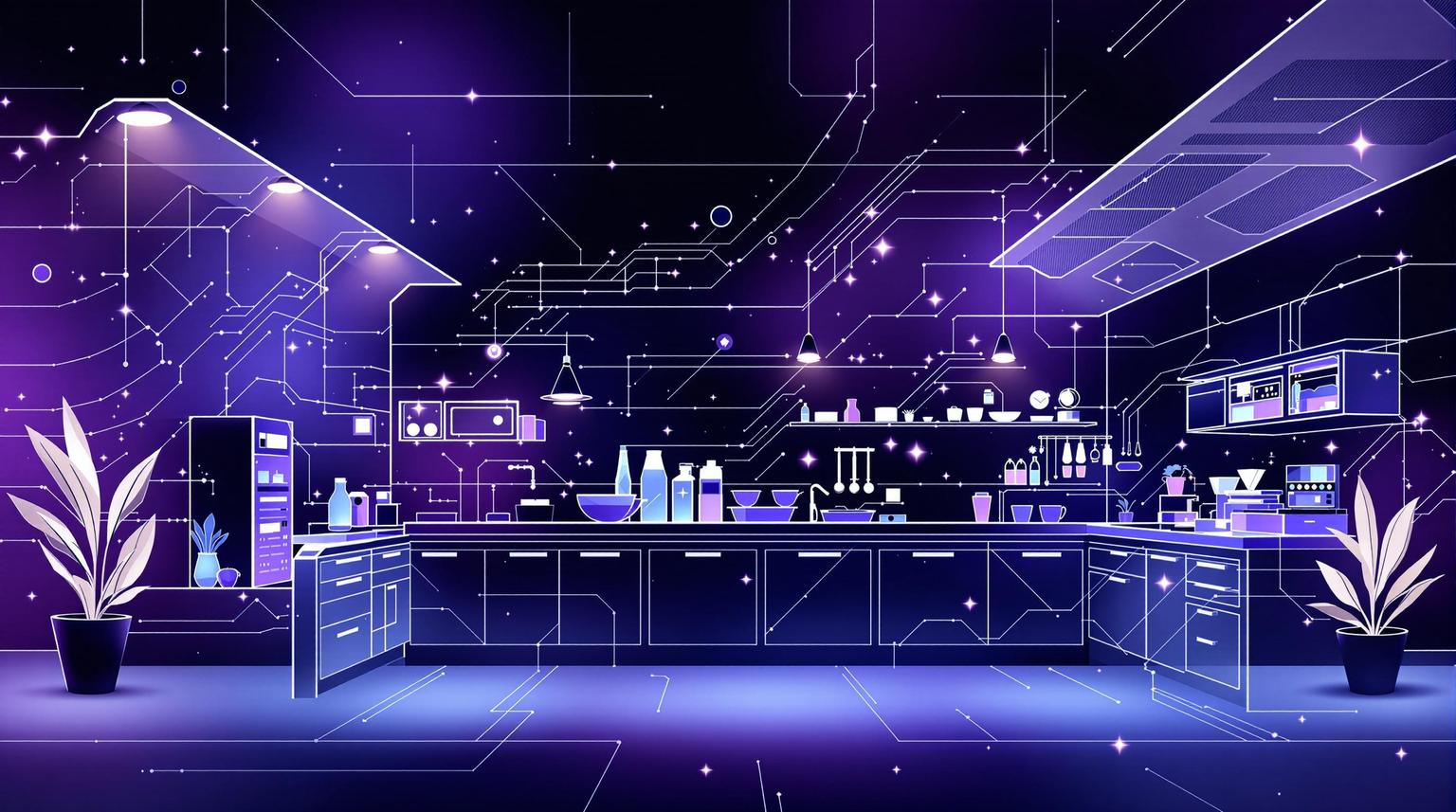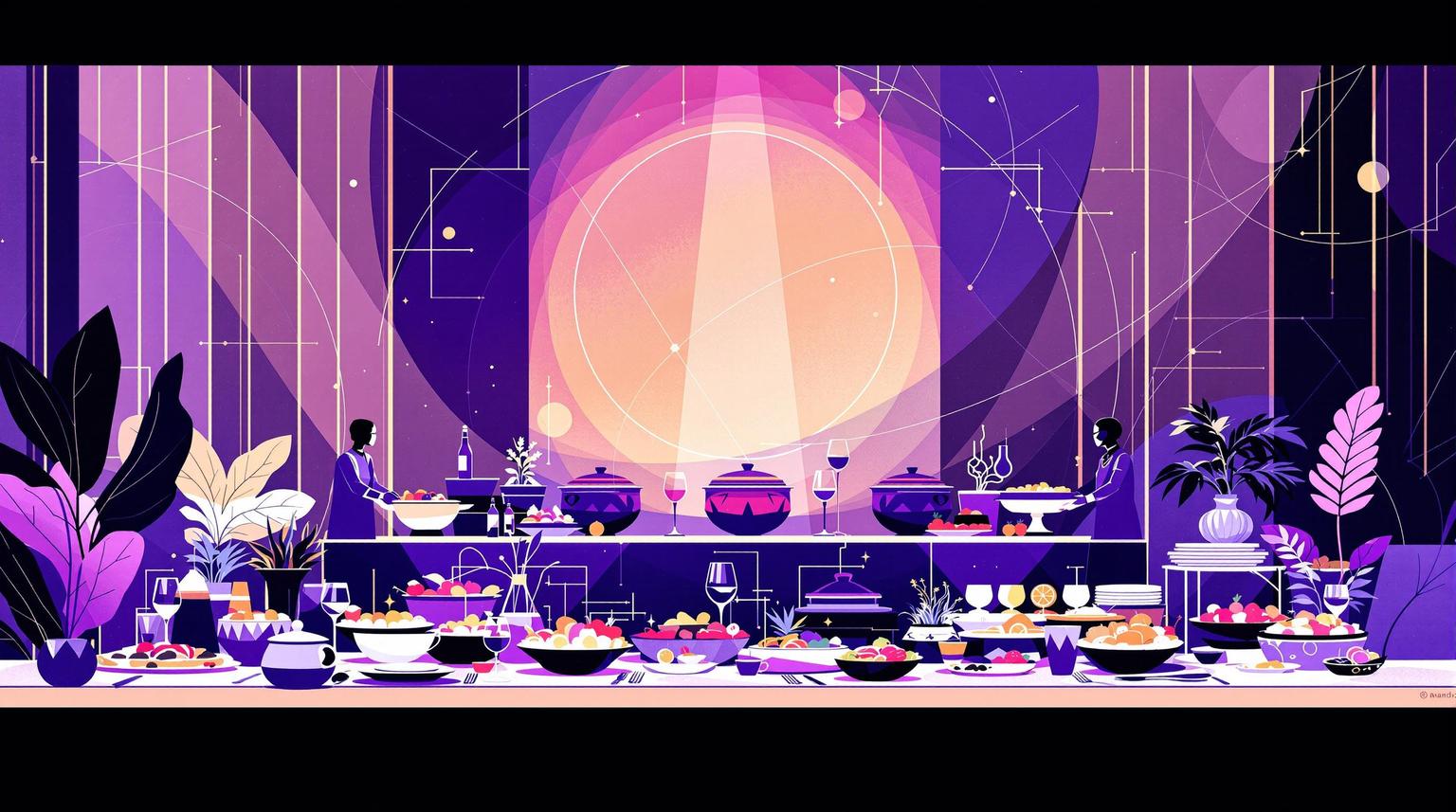7 Tips For Retaining Event Clients

Want to keep your event clients coming back? Retaining clients is just as essential as finding new ones. Here are 7 actionable tips to build strong relationships, improve loyalty, and ensure repeat business:
- Connect Personally: Understand client needs, maintain detailed profiles, and use tools to add a personal touch.
- Set Up Rewards: Offer loyalty perks like discounts, upgrades, or exclusive benefits through tiered reward systems.
- Stay in Touch: Regular communication - like updates, newsletters, and check-ins - keeps clients engaged.
- Use Feedback: Act on client suggestions, show visible improvements, and track long-term trends.
- Deliver Great Service: Ensure smooth operations, well-prepared teams, and efficient workflows.
- Make Events Memorable: Focus on details, seamless execution, and creating standout experiences.
- Follow Up: Send thank-you messages, share event highlights, and simplify future bookings.
These steps help you create lasting connections, turning one-time clients into loyal customers. Ready to dive into the details? Let’s go!
Boost Your Customer Retention Strategy
1. Connect with Clients Personally
Building strong relationships with clients starts with understanding their specific needs. Offering personalized, attentive service encourages repeat bookings and long-term loyalty.
Gather Key Information Early
Use professional booking forms to collect important details about client preferences right from the start. This approach not only ensures you have the right information but also shows clients that you care about their unique needs.
Keep Detailed Client Profiles
Maintain comprehensive profiles for each client. Include details like past events, preferred setups, special requests, communication styles, and budget constraints. These profiles make it easier to provide tailored service every time.
Use Technology to Stay Personal
Modern tools can help you maintain a personal connection without adding extra work. Hannah Schmitt, Lead Designer, shares her experience:
"Everyone knows their responsibilities, and communication is clear and organized. The platform has really improved our team's accountability and overall efficiency."
Turn Every Interaction into an Opportunity
Every conversation with a client is a chance to strengthen your relationship. Go beyond routine tasks and focus on making clients feel valued and understood. When clients feel connected, they’re more likely to stick around, helping drive long-term success.
2. Set Up Client Rewards
A well-organized rewards program can help you retain clients while keeping your profits intact.
Design a Tiered System
Implement a rewards structure that grows with client loyalty. Start with small perks like discounts after their first event, and offer premium benefits for repeat bookings. This approach encourages clients to return without cutting into your profits too much.
Collaborate for Extra Perks
Team up with local businesses to expand what you can offer. For example, partner with decorators to provide exclusive discounts, work with caterers to include complimentary add-ons, or secure preferred rates with venues. These partnerships let you offer more without increasing your costs. Use digital tools to make redeeming these rewards easy and hassle-free.
Streamline the Redemption Process
Use technology to keep reward tracking simple and efficient. Platforms like Flashquotes offer features such as automated invoicing and payment processing, which can make redeeming rewards seamless. Automated notifications can also alert clients when they’ve reached a new reward level or qualify for a special promotion.
Offer High-Value Service Upgrades
Instead of just giving discounts, focus on premium upgrades that cost you little but feel valuable to clients. For example:
| Reward Level | Benefits | Qualifying Criteria |
|---|---|---|
| Silver | Extra setup time at no charge | 2–3 events per year |
| Gold | Priority scheduling and custom add-ons | 4–6 events annually |
| Platinum | VIP upgrades and a dedicated coordinator | 7+ events per year |
Evaluate and Adjust
Keep an eye on how the program is performing. Use client feedback and data to tweak the rewards and ensure they’re working effectively.
3. Keep in Touch Regularly
Staying in regular contact with your event clients helps keep them engaged while showcasing your professionalism.
Plan a Communication Calendar
Outline key touchpoints with your clients throughout the year. Include event-related updates, seasonal messages, and occasional check-ins. A clear plan ensures no client falls through the cracks.
Use Automation Without Losing the Personal Touch
Automation tools, such as those in Flashquotes, can handle event briefs and updates efficiently. The key is to use them in a way that still feels personal and thoughtful.
Pick the Right Communication Channels
Not all messages are created equal, and the way you communicate matters. Here’s a quick guide:
| Communication Type | Channel | Timing | Purpose |
|---|---|---|---|
| Event Updates | Automated Notifications | Real-time | Keep clients informed of progress |
| Personal Check-ins | Phone/Video Call | Quarterly | Strengthen relationships and gather feedback |
| Company News | Email Newsletter | Monthly | Share updates and stay top-of-mind |
| Quick Updates | Text/Mobile App | As needed | Deliver urgent or time-sensitive information |
Centralizing these channels can make your outreach more cohesive and manageable.
Keep Communication Organized
Hannah Schmitt, a lead designer, highlights the importance of streamlined communication:
"Before using this platform, our departments were often siloed, making collaboration difficult. Now, everyone from marketing to IT can work together seamlessly. The centralized communication hub has eliminated the need for countless emails and meetings."
Monitor Engagement and Adjust
Once your communication plan is in motion, track how clients respond. Identify which messages get the best reactions and tweak your approach when needed. This ensures your strategy stays effective and relevant.
Create Communication Templates
Templates that are both standardized and customizable save time while ensuring consistency. Store these templates in your communication hub for easy access, keeping your client interactions clear and efficient.
sbb-itb-4a469dc
4. Ask for and Use Client Feedback
Feedback is essential for improving services and showing clients their input matters. By combining consistent communication with a focus on feedback, you can keep refining your offerings.
Create Opportunities for Feedback
Use digital tools to collect feedback after events. This method helps you gather organized responses and pinpoint areas that need improvement.
Act on Feedback
Quickly implement client suggestions to build loyalty. When clients see their ideas put into action, they’re more likely to stay engaged with your services.
Highlight Visible Changes
Lead designer Hannah Schmitt shared how clear communication and accountability have transformed her team:
"Everyone knows their responsibilities, and communication is clear and organized. The platform has really improved our team's accountability and overall efficiency."
Make Feedback Easy to Give
Simplify the process with mobile forms and automated reminders. This approach increases response rates without burdening clients.
Keep Clients in the Loop
When you make changes based on feedback, let clients know. This shows you’re listening and that their input has a real impact.
Track Trends Over Time
Analyze feedback over the long term to spot recurring themes. Addressing these patterns can help you improve your services before issues arise.
5. Deliver Top-Level Service
Once you've established strong communication and personalized client experiences, the next step is to ensure exceptional service. Efficient workflows and well-equipped teams are key to keeping clients coming back.
Streamline Event Communication
Use mobile-friendly event briefs to keep your team on the same page. When everyone has access to clear, concise information, accountability improves, and events run smoothly.
Empower Your Team
Give your staff the tools they need to handle client needs effectively. Mobile event briefs can include:
- Detailed booking details
- Resource assignments
- Custom checklists
- Timeline breakdowns
- Setup instructions
Optimize Event Execution
Organize event operations into clear, manageable phases. Michael, the owner of Creature Coffee, highlights the impact of this approach:
"Event briefs and packing lists made us 10x more efficient. I cannot imagine life without it!"
This kind of structure ensures smoother operations and allows for quick problem-solving when challenges arise.
Enable Real-Time Problem Solving
Quick responses and decisive actions during events help build client confidence. A centralized communication system can:
- Break down information barriers
- Cut down on excessive emails
- Enable instant team collaboration
- Support rapid decision-making
Track Performance Metrics
Use key performance indicators to evaluate how well your service is working. Regularly review these metrics to identify what’s working and where you can improve. This ensures your service stays top-notch and keeps clients happy.
6. Make Events Stand Out
Hosting events that leave a lasting impression can strengthen client loyalty and deepen connections. The key? Thoughtful planning and seamless execution - it's not about spending more but focusing on the details that matter.
Focus on the Details
Start with a well-organized digital brief. A detailed brief keeps everyone on the same page, improves accountability, and ensures every aspect of the event is covered. It’s the backbone of smooth execution.
Improve the Client Experience
Use digital tools to make events more efficient and enjoyable. Online booking forms, auto-generated schedules, and real-time updates can simplify processes and elevate the overall experience for your clients.
Ensure Smooth Execution
Adopt a methodical approach by assigning clear team roles, using detailed briefs, and monitoring progress in real time. This helps prevent problems before they arise and ensures everything runs smoothly. A well-coordinated effort creates events that clients will remember - and want to return to.
7. Follow Up After Events
The time after an event is key to strengthening client relationships. A thoughtful follow-up strategy shows clients you value their business and care about their experience beyond the event. Here’s how to make the most of this period.
Send Personalized Thank You Messages
Within 24-48 hours after the event, send a personalized message that references specific highlights or moments from the event. This small gesture can leave a lasting impression.
Collect Feedback
Use a simple feedback process to understand what worked and what could improve. A short feedback form can include questions about:
- Overall satisfaction
- Staff performance
- Timeline management
- Equipment and setup
- Suggestions for improvement
This not only helps you refine your services but also shows clients you’re invested in their opinions.
Share Event Highlights
Share memorable moments from the event with your clients, such as:
- Professional photos
- Behind-the-scenes snapshots
- Short video clips
- Setup details
This is more than just a recap - it’s a way to keep the connection alive while celebrating the event’s success.
Stay in Touch
Keep the relationship going with regular communication. Some ideas include:
- Milestone Messages: Recognize anniversaries or important dates.
- Seasonal Updates: Share trends or tips for upcoming events.
- Personal Touches: Acknowledge birthdays or other special occasions.
Simplify Future Bookings
Make it easy for clients to book with you again. Use digital tools to save their preferences, offer early booking perks, and streamline scheduling for future consultations.
These follow-up steps help create a lasting connection, encouraging clients to return for future events.
Building Strong Client Relationships in the Event Industry
Creating lasting relationships with clients in the event industry requires a mix of personalized attention, clear communication, and streamlined processes. These methods help event professionals build meaningful connections and encourage repeat business.
Every interaction matters. From the first consultation to post-event check-ins, maintaining high service standards and fostering personal connections ensures memorable experiences that clients will want to repeat.
To strengthen your client relationships, focus on:
- Personalized experiences: Tailor events to resonate with each client's unique preferences.
- Strategic rewards: Offer thoughtful incentives that show appreciation.
- Effective communication: Keep clients informed and engaged throughout the process.
- Actionable feedback: Use client feedback to make meaningful improvements.
- Consistent service: Deliver high-quality results every time.
- Memorable events: Design events that stand out and leave a lasting impression.
- Thoughtful follow-ups: Reach out after events with genuine care and purpose.






